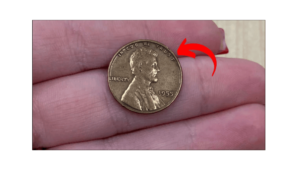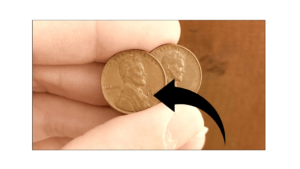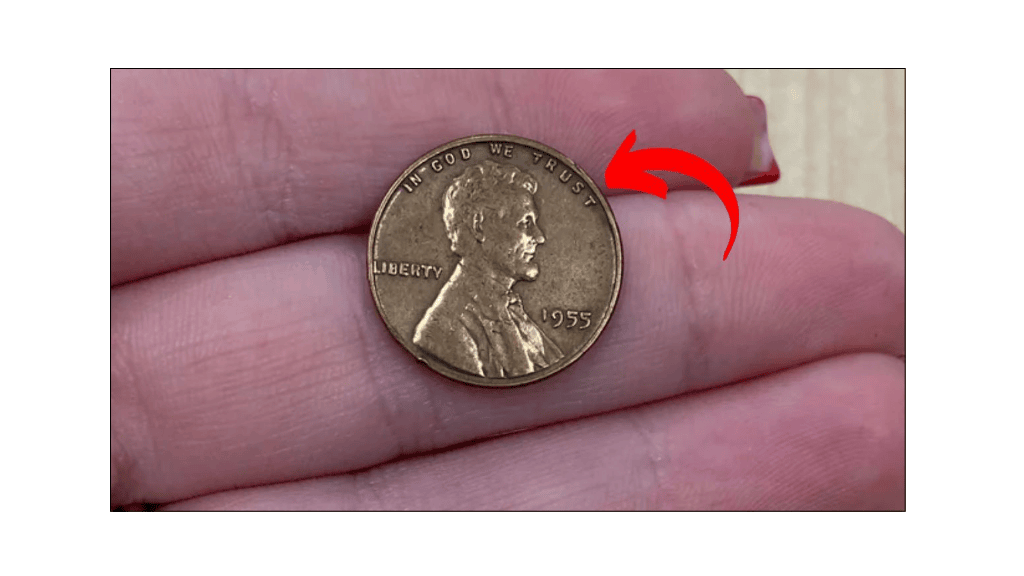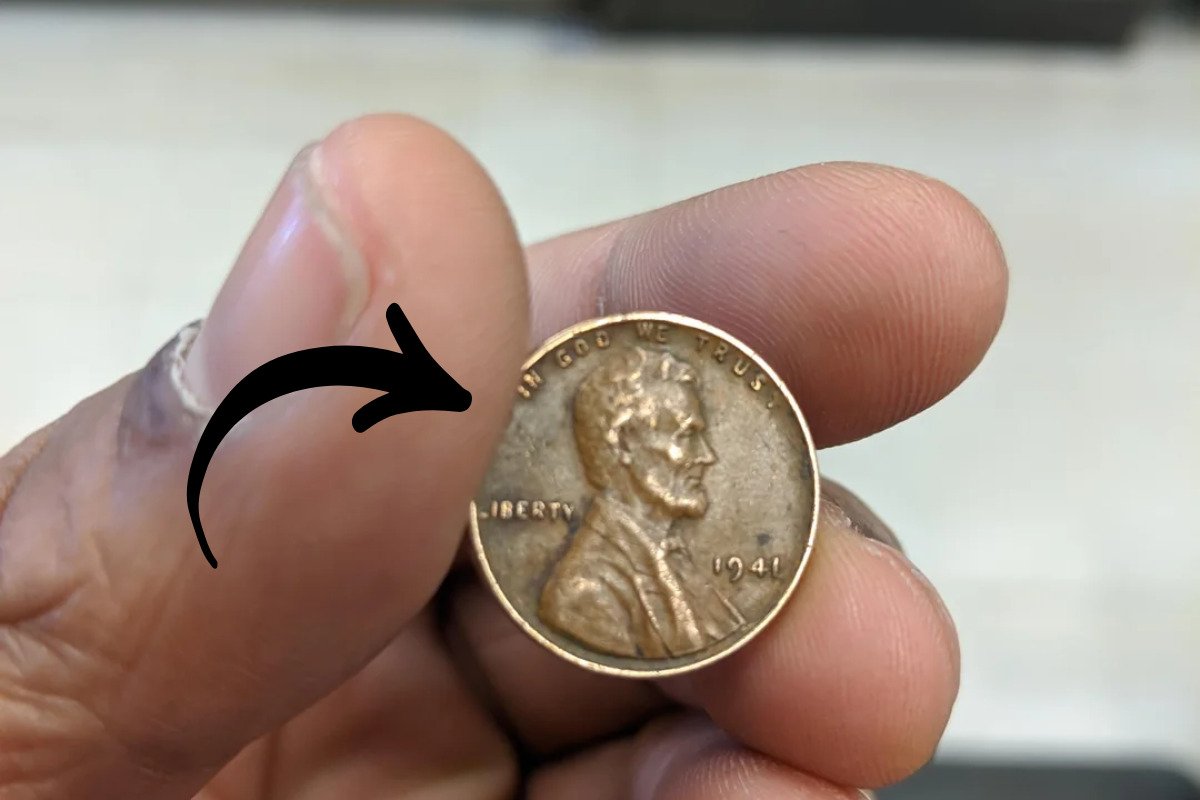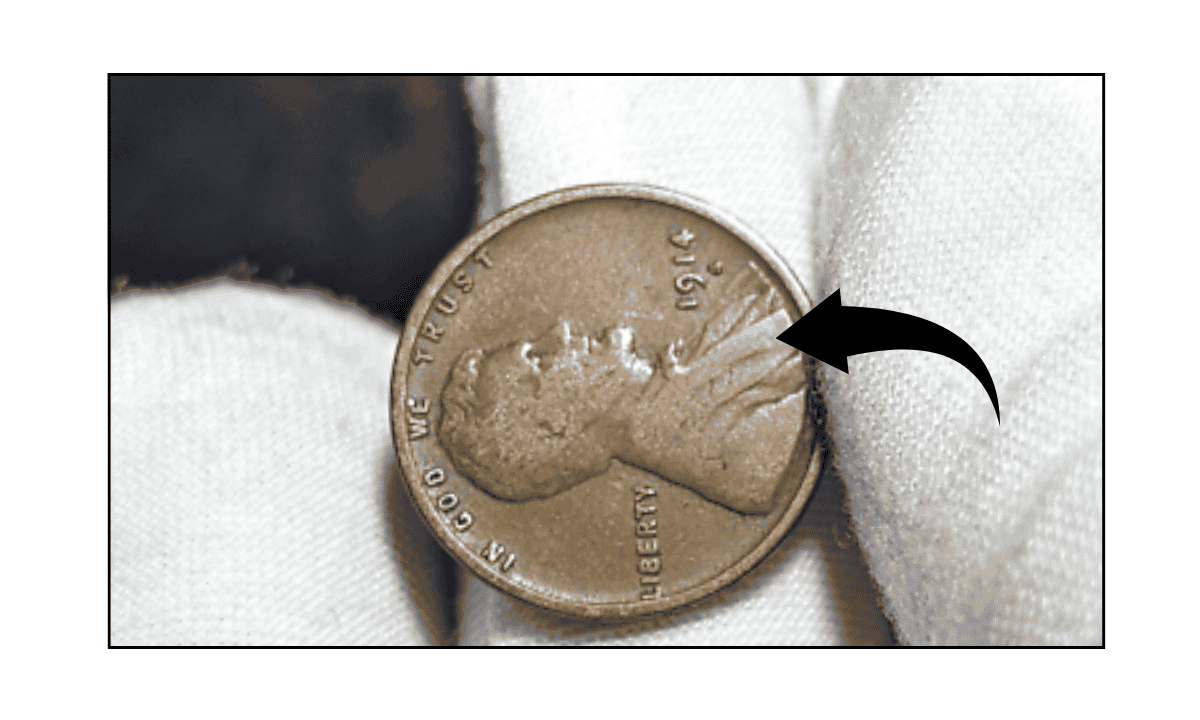Did you know that one of the rarest coins in the world could still be in circulation, and it might even be in your own home? We’re talking about a small copper coin called the Lincoln Wheat Penny, which is now worth more than $500,000 (around ₹4 crore). Sounds surprising, right? This coin, which was once used for regular purchases in the U.S., is now a collector’s dream.
Let’s understand why this coin is so valuable and how you might be able to spot one.
What is the Lincoln Wheat Penny?
The Lincoln Wheat Penny is a one-cent coin that was first introduced in the United States in 1909. It features a picture of Abraham Lincoln on one side and two wheat stalks on the other, which is why it’s called the Wheat Penny. These coins were made of copper and were in circulation until 1958.
The design was simple, but over time, some special versions of the coin were made by mistake or in very small numbers, which made them super rare and valuable.
Why is it Worth $500,000?
One particular Wheat Penny, the 1943 copper version, is what collectors are hunting for. In 1943, during World War II, most pennies were made from steel to save copper for war supplies. However, a few copper pennies were accidentally made that year. Only a handful of them exist today.
Because they were not meant to be made, these copper 1943 pennies are now worth a fortune. A coin like this can fetch over $500,000 (₹4 crore) if it’s in good condition. Some reports even say one sold for $1.7 million in an auction!
How to Spot This Rare Coin?
If you live in the U.S. or ever come across U.S. coins, check your loose change. Look for a 1943 Wheat Penny that is brownish (like normal copper) and not silver-colored (which would be steel). You can also use a simple magnet to test it — if it sticks, it’s steel; if not, you might have the rare copper version.
Keep an eye on these things:
- The year should say 1943.
- It should be copper-colored, not silver.
- A magnet should not stick to it.
Why Is It Still in Circulation?
Even though these coins are extremely rare, they can still be found by chance. Some people might have them and not even know their value. Others may have used them in stores, banks, or given them to children without realizing their worth. That’s how a few have managed to stay in circulation all these years.
What Should You Do If You Find One?
If you think you’ve found a 1943 copper Lincoln Wheat Penny, don’t spend it! Instead, take it to a coin expert or dealer for a check. They can confirm if it’s real and tell you how much it’s worth. You might just be holding a small coin worth crores!
Sometimes, the most valuable things in life are right under our noses — or in our pockets. The Lincoln Wheat Penny might look like just another old coin, but it could be worth millions. If you love collecting or have a bunch of old coins lying around, take a closer look. Who knows? You could be sitting on a fortune without even knowing it. This story teaches us that history and value can hide in the most ordinary things. So next time you see an old coin, don’t ignore it — it might just change your life!
FAQ
What is the Lincoln Wheat Penny?
The Lincoln Wheat Penny is a one-cent coin first minted in the U.S. in 1909. It features Abraham Lincoln on one side and wheat stalks on the other. These coins were in circulation until 1958.
Why is the 1943 copper Wheat Penny so valuable?
In 1943, most pennies were made from steel due to a copper shortage during World War II. A few copper pennies were accidentally produced, making them extremely rare and valuable.
How can I tell if I have the rare 1943 copper penny?
Check the year on the coin. If it says 1943 and is copper-colored, use a magnet. If the coin doesn’t stick, it might be the rare copper penny.
How much is a 1943 copper Lincoln Penny worth?
If it’s in good condition, it can be worth over $500,000. Some have sold at auctions for even more.
Is the 1943 copper Wheat Penny still in circulation?
Yes, a few are still in circulation. They may be lying unnoticed in old coin jars or passed down through families without realizing their value.


